The French painter Jacques-Louis David was a pre-eminent figure in the Neoclassical movement. His painting ‘The Death of Socrates’ (1787), based on Plato’s account of the execution of Socrates for blasphemy in 399 BC, is widely considered a seminal Neoclassical work. This video essay from the US filmmaker called The Nerdwriter, breaks down the ‘interplay of historical, personal, political and aesthetic elements’ that make David’s painting not just technically impressive, but a masterwork that conveys deep ethical concerns through visual storytelling.
Can philosophy and morals be transmitted through a painting?
Director: Evan Puschak

videoArt
Creating art that was aware of itself – and the viewer – made Manet the first modernist
15 minutes
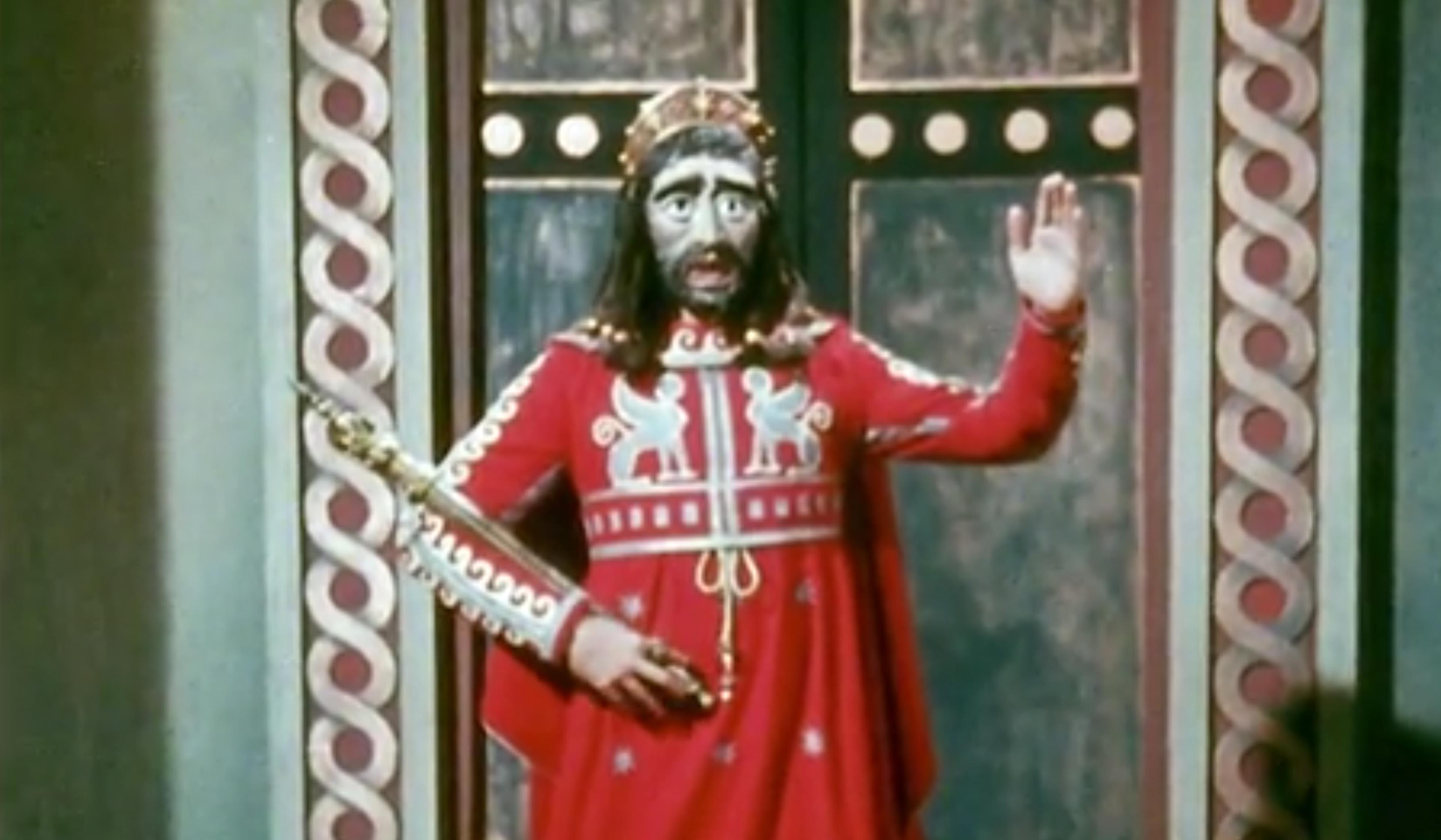
videoThinkers and theories
‘My art is oratory, Socrates.’ An ancient warning on the power and peril of rhetoric
4 minutes
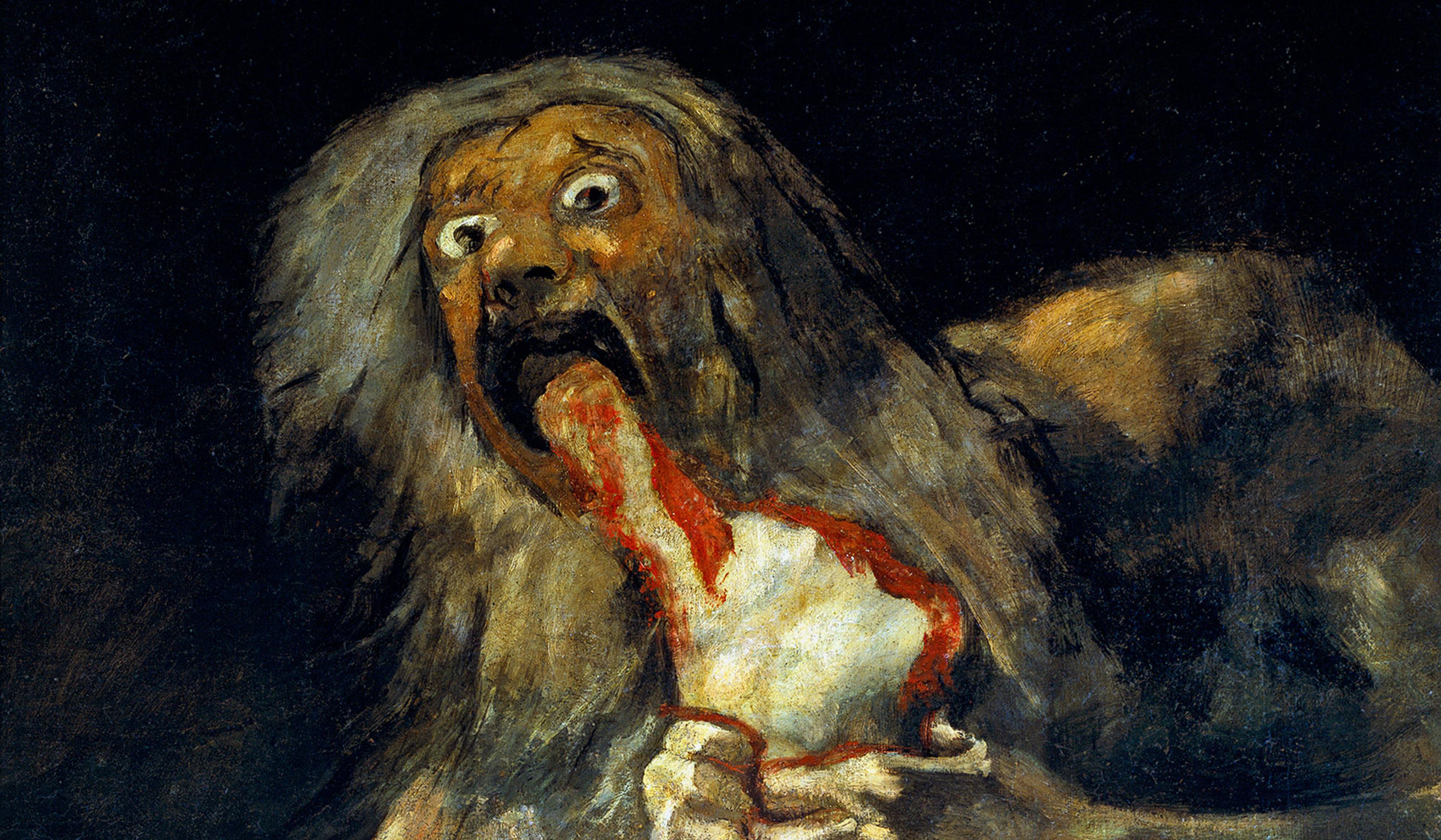
videoArt
Tracing Goya’s ‘dark’ journey from Spanish court painter to macabre visionary
51 minutes
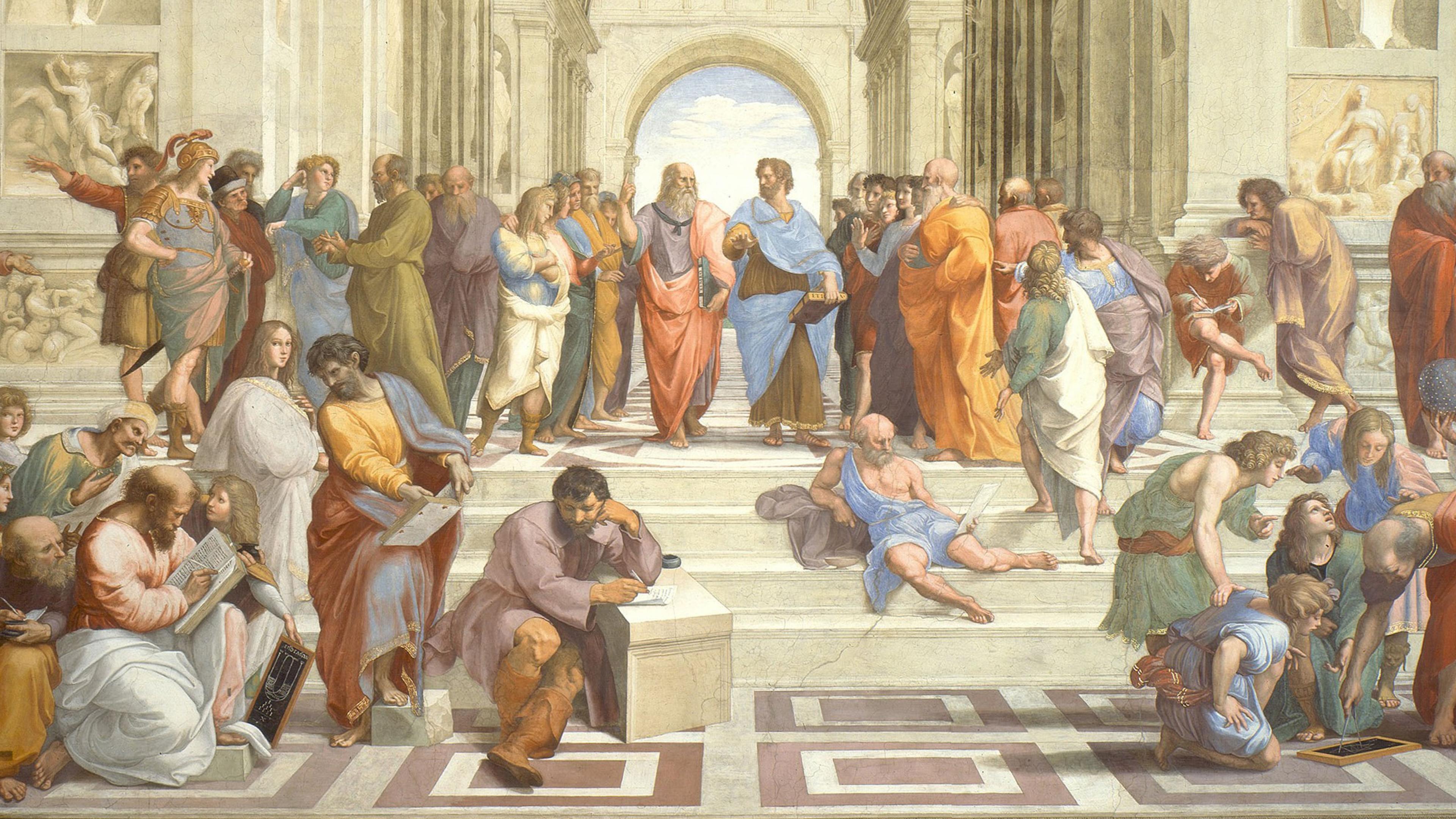
videoHistory of ideas
How to read ‘The School of Athens’ – a triumph of Renaissance art
25 minutes
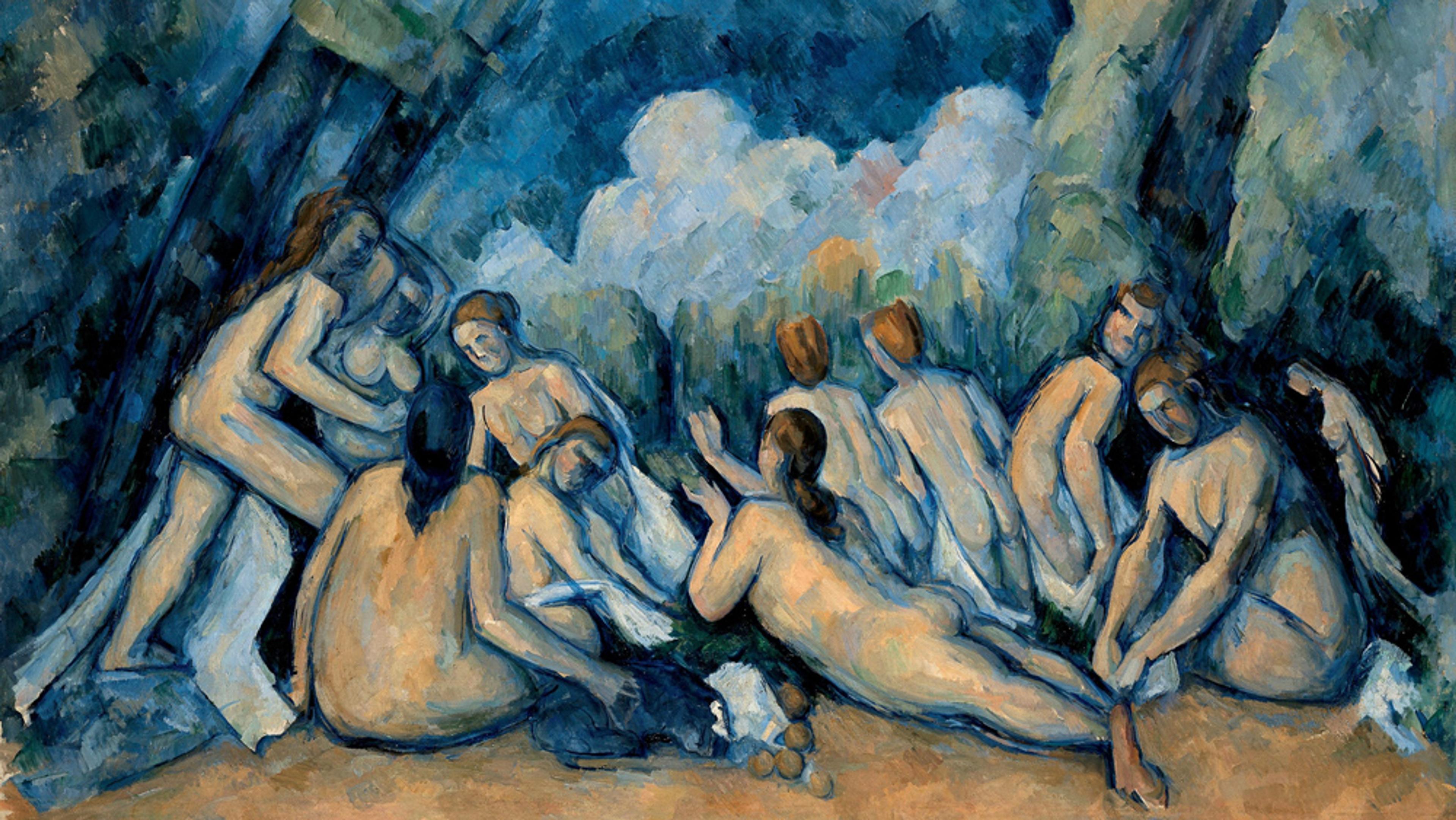
videoBeauty and aesthetics
How Cézanne’s masterwork pushed painting towards experimentation and abstraction
7 minutes
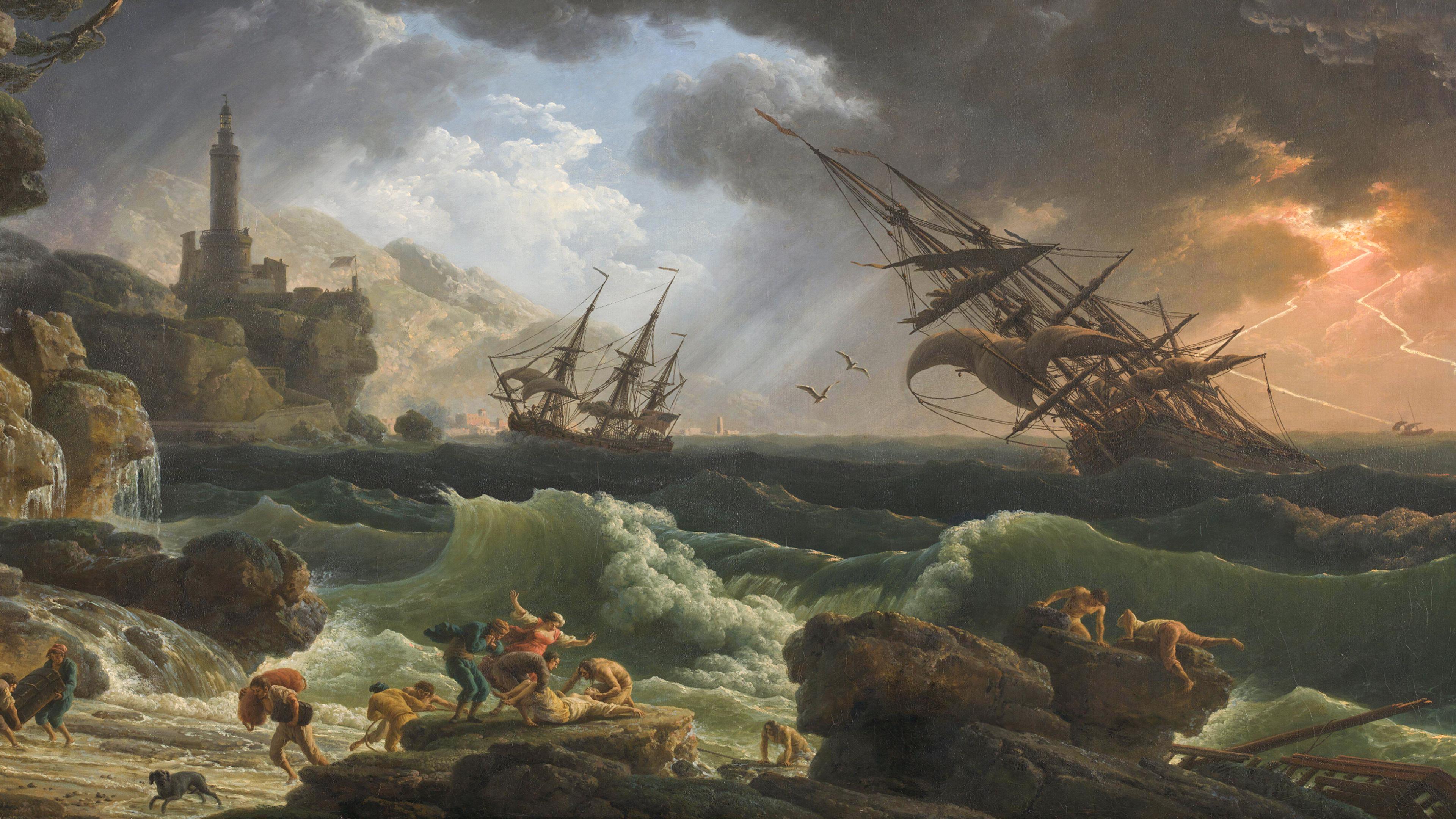
videoBeauty and aesthetics
In art, the sublime is a feedback loop, evolving with whatever’s next to threaten us
9 minutes

videoArt
‘Long Live Degenerate Art’ – how a Surrealist group in Cairo defied repression in 1938
4 minutes
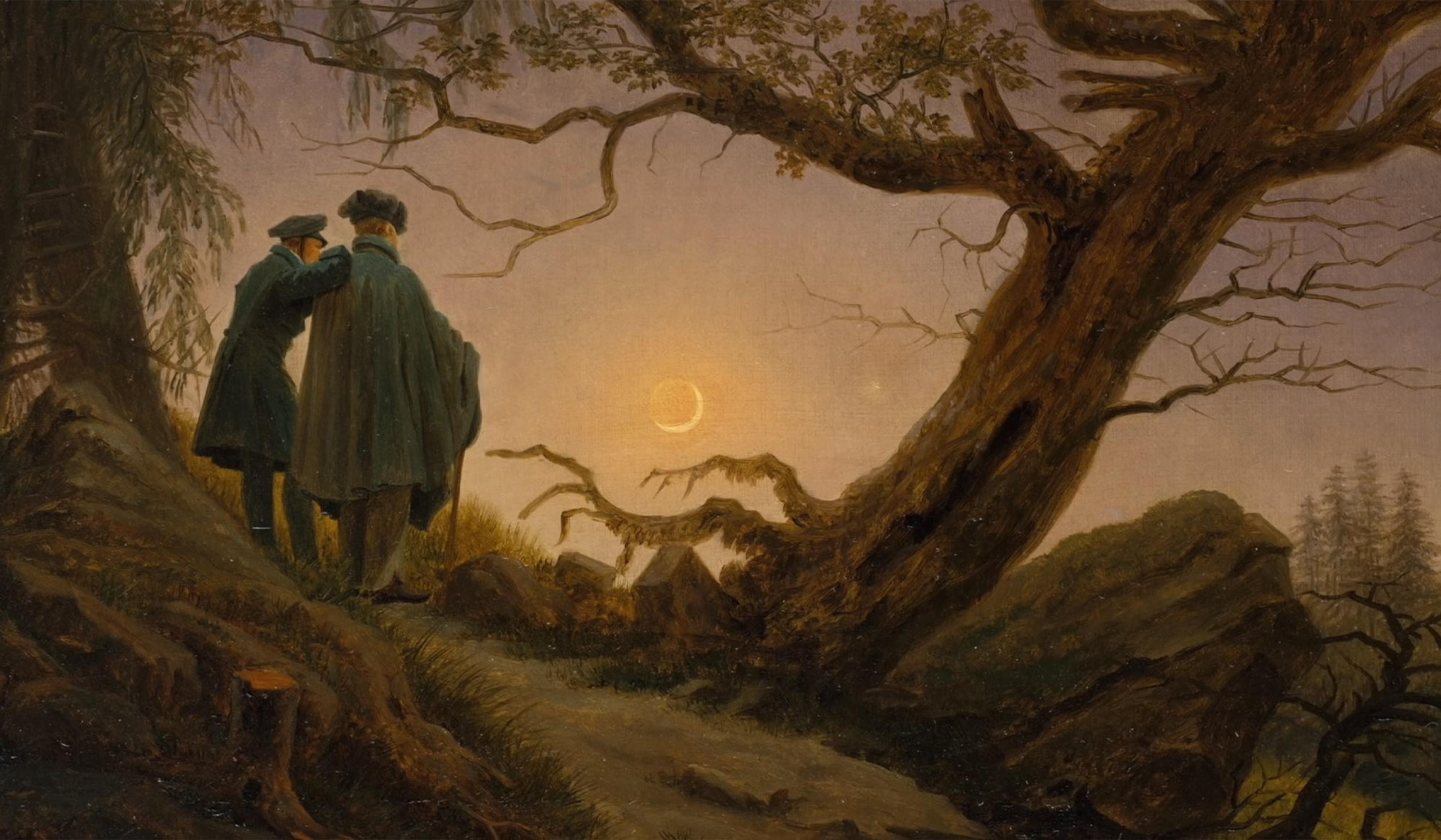
videoBeauty and aesthetics
Why Caspar David Friedrich pits nature’s grandeur against the humble human
7 minutes
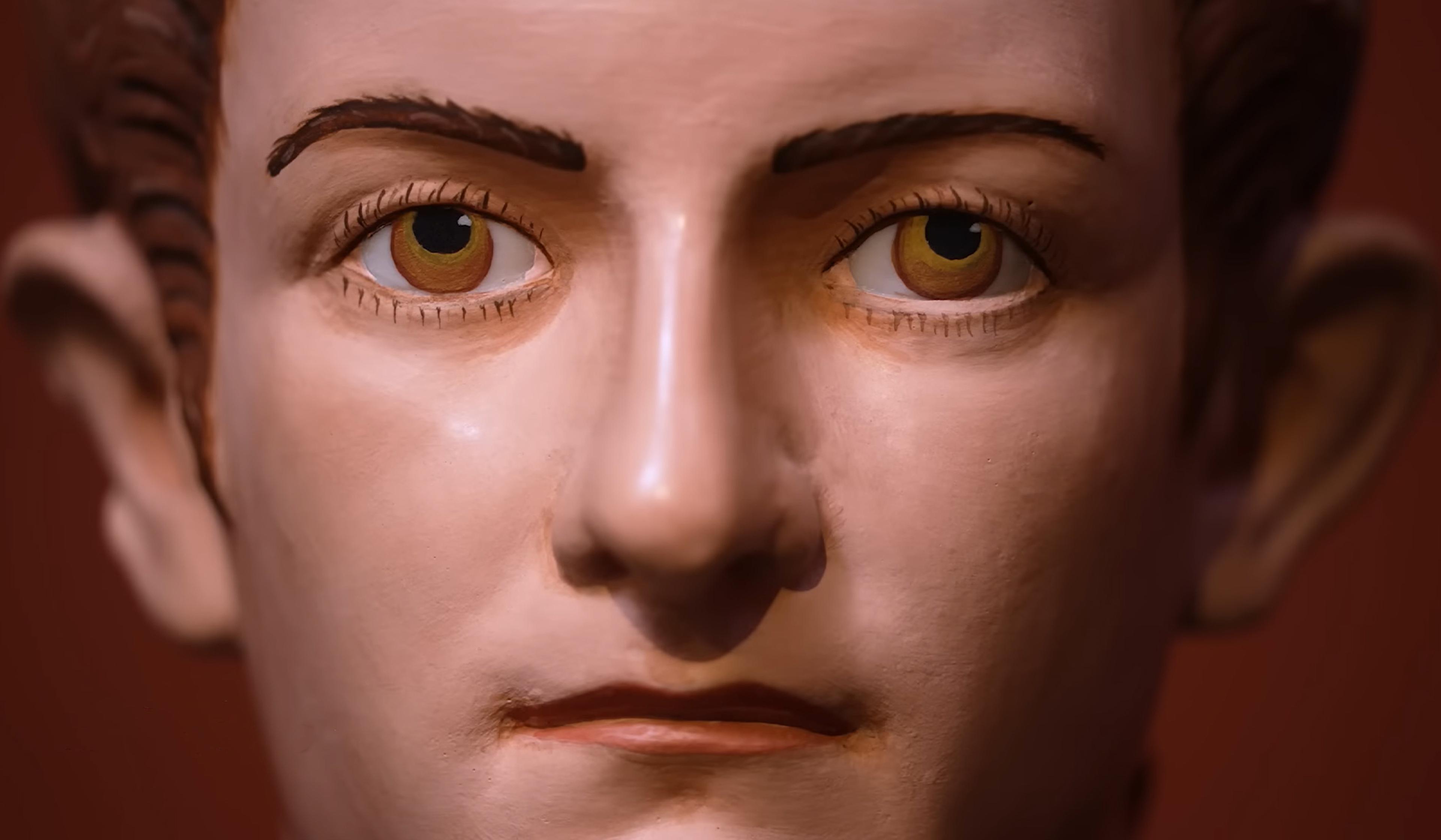
videoArchaeology
Ancient Greek sculptures were colourful. Why does the white marble ideal persist?
6 minutes